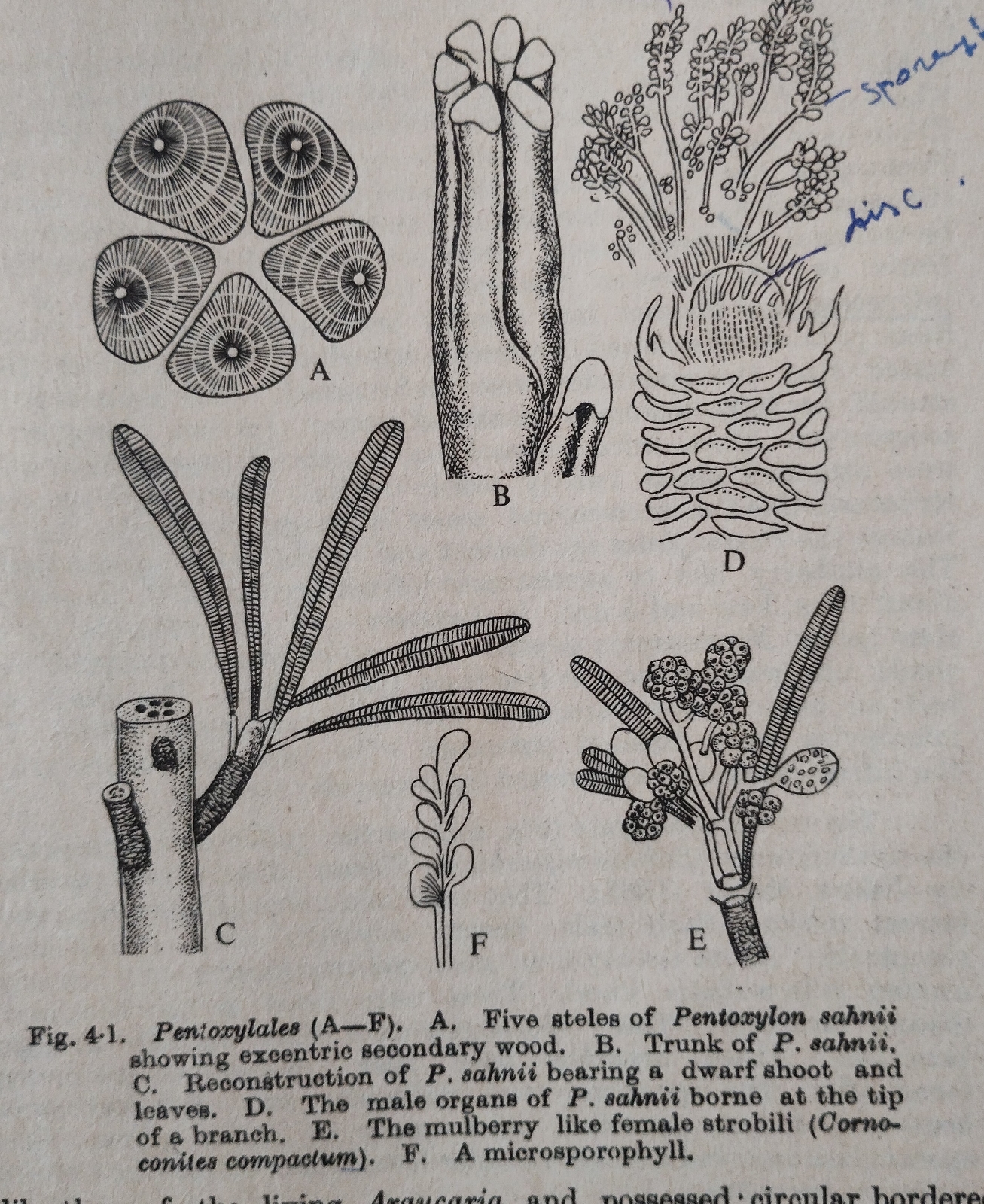Plant Pathology # Stem Rot of Jute
Causal Organism:
Macrophomina phasiolina of Deuteromycetes , a facultative parasite since, it can live as a parasite in jute plant and also as a saprophyte in dead organic material.
Rhizoctonia bataticola is it's sclerotic stage.
Symptoms
Symptoms of rot are visible on seedling , on mature plants ,in roots & in fruits .
(1)On seedlings :
(i) Necrotic symptoms as rot or death & disintegration of tissue appear on the root, hypocotyle,cotyledon & in the apex of new born seedling.
(Ii) When inoculum is from soil, blackish brown thin streaks appear on collar of epicotyle & toppling down of the seedling(1 to 20 days old) i.e.damping off appears and seedling dies at humid condition.
If the seedling is of 21days and onwards , streaks appear on collar but does not shows damping off .
(iii) When weather is dry & seedling is at "three leaves stage" ,then blight appear & also necrotic lessions on leaves, as a result leaves fall off .
(2) On mature/ older plants:
(i) On leaves : At first necrotic symptoms appear on the apex & margin of the leaves.Gradually midrib & petiole also affected ,which results into the fall down of leaves .
(ii)On old stem : At the beginning blackish brown depressions observed on nodes .Gradually , depressions grow in size and unite with each other and encircle the stem.Then , depressions grow towards the internode , weak stem breaks down or pycnidia appear on the stem surface . Ultimately , phloem or bast fibre come out or turn dull and fragile .
(iii)In roots: Generally, roots are not affected .When stems die pathogen attack the root and remains as black sclerotia.
(iv) In fruit: Capsules turns black ,seeds become smaller & discoloured, even sclerotia appear as black dots on the surface.
Disease cycle
Dormant phase:
The pathogen exhibits Dormant phase in the form of sclerotia in perrenating stubbles or in seeds .
Active phase:
(i) If a seed having sclerotia germinates into a seedling , then fungal mycelia spread in seedling tissue .
(ii) If the infection results in the death of 1 to 20 days old seedling , then the soil is inoculated .
(iii) If the soil is not sterilised and already inoculated by the pathogen ,then primary infection may be resulted in jute plant as well as potato, tobacco, mulberry, etc.
(iv) From these infected plants pathogen may again go to the dormant phase . Thus, the primary cycle is completed .
(v) When the symptoms appear on older stems in the form of pycnidia and pycnidiospore due to the activation of active mycelia , the secondary cycle is performed when such spores from infected leaves, stem or infloresence if fall on healthy plants .Hosts other than jute may also enter in secondary cycle.
Disease control methods
Cultural methods:
(i) Previous years stubbles , seeds must be cleaned & burnt .
(ii) There must be proper drainage systems in the field to prevent damping off.
(iii) During sowing proer spacing must be maintained to reduce the disease & excess branching .
(iv) Seeds used in cultivition must be healthy .
(v) Addition of K or N (~60kg/ha)
can reduce the intensity of the disease .But if the amount of N is more than 80 kg/ ha then intensity of the disease increases.
(vi) If micronutrients used along with NPK, than the intensity of disease may be reduced (Thakurji et.al.,1976).
Chemical methods :
Seed must be treated by Bavistin,a systemic fungicide @2gm/kg seed i.e. 2 kg /ha.
Use of fungicide like Agrosan , Seresan (2 to 2.5 gm/kg seed ) during seed treatment may be benificial .
Spraying of a mixture of S, Perenox and Bordeaux mixture or Cupperoxychloride @ ( 5gm/lit.) can reduce the intensity of the disease.
Use of stem rot resistant varieties
For C.capsularis......C-58--9433,JRC-9823, Bangkak , Halmhera and Patchy albino and In case of C . oletorius JRO -3331 is benificial .




Comments
Post a Comment